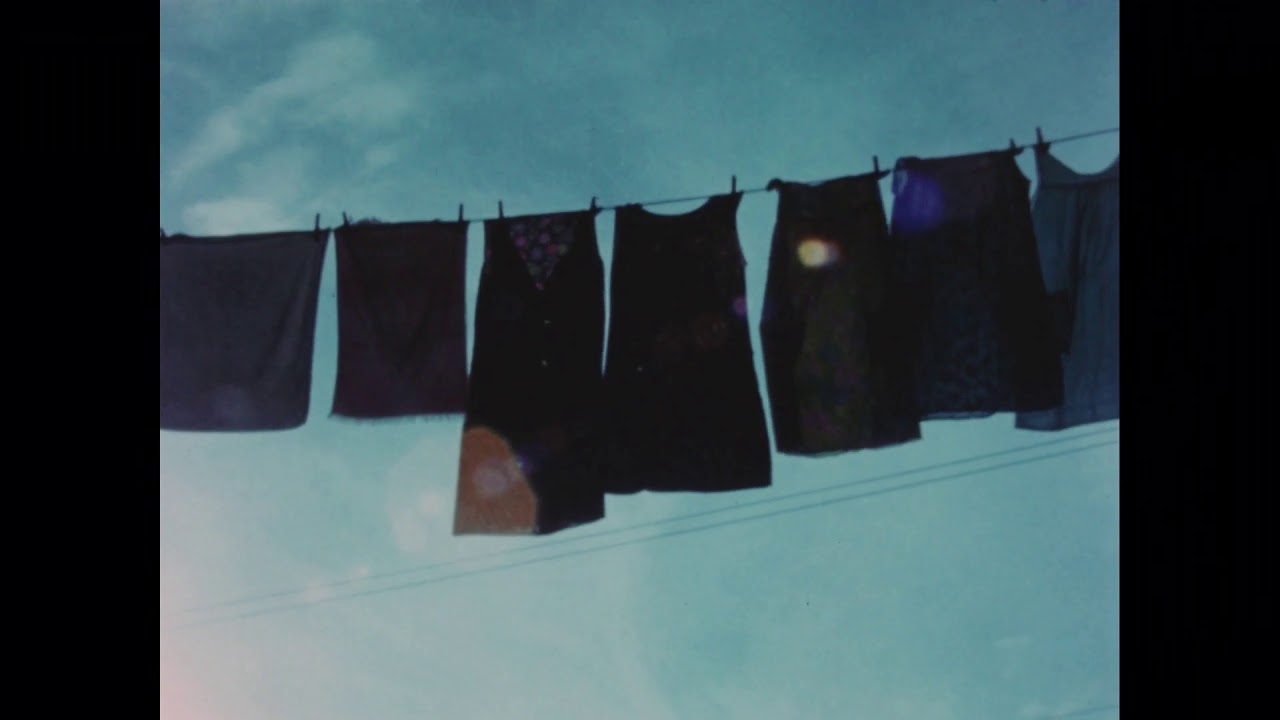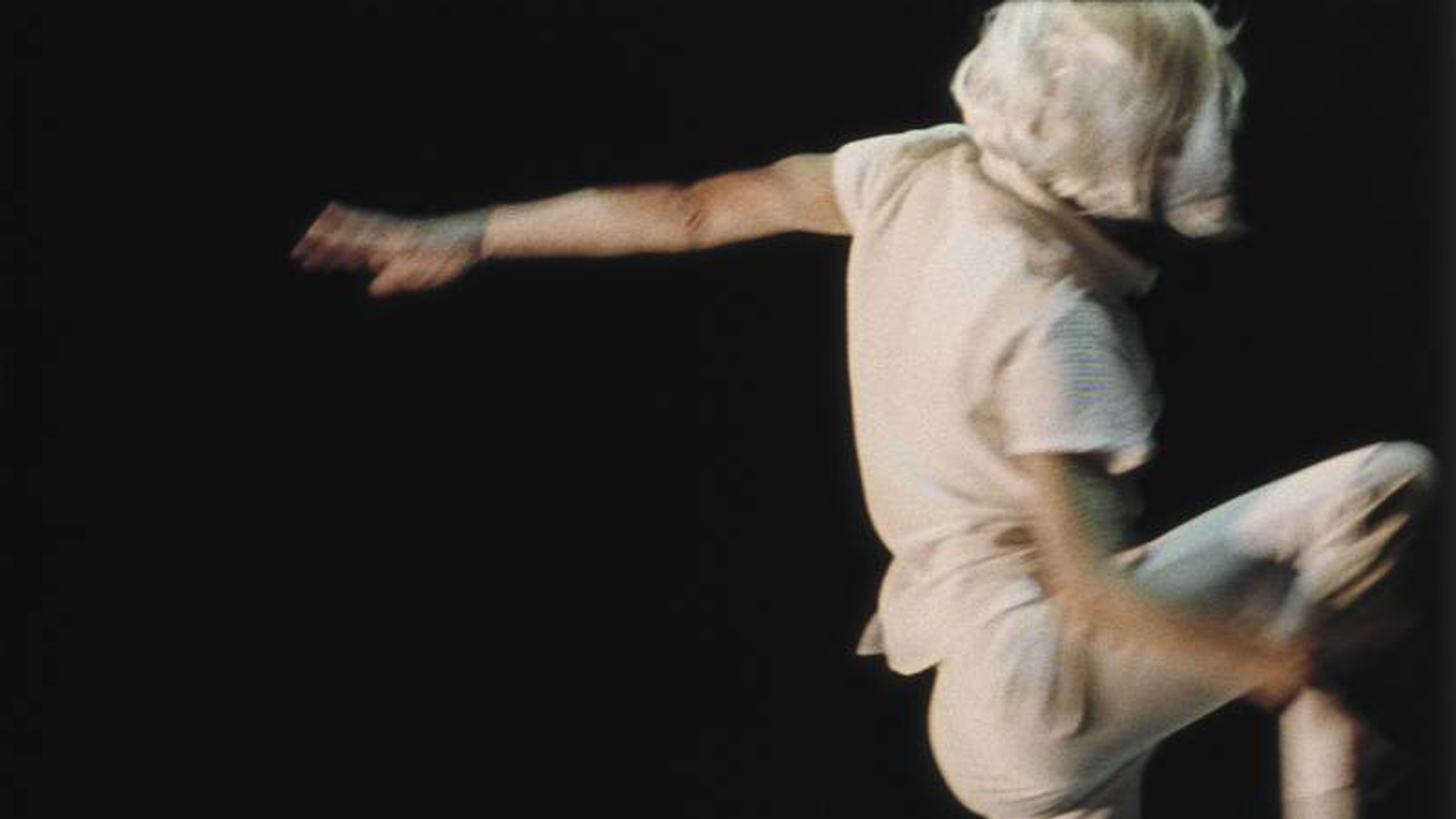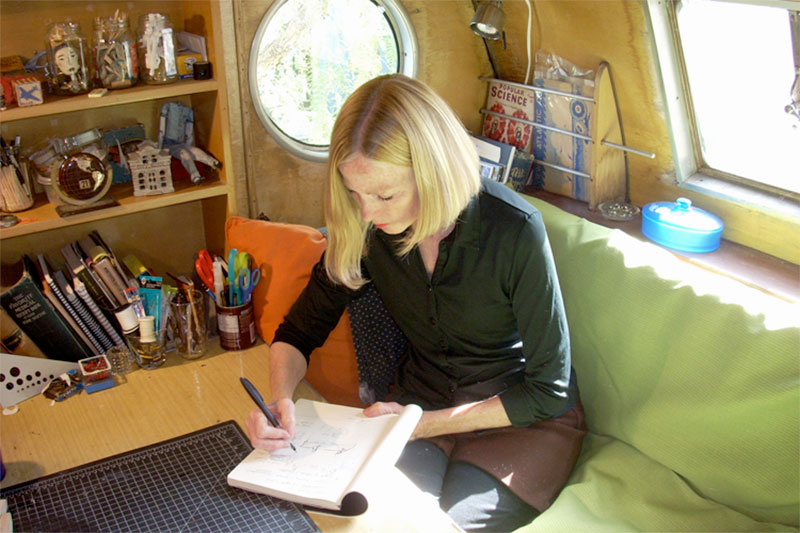
Double Vision
March 25, 2017 · Knoxville Museum of Art · 2:00 P.M.
Free and open to the general public.
Janie Geiser’s work “prowls around the mysterious boundary-land between territories–like the lands of the conscious and the unconscious mind, or life and death, sanity and madness, hope and despair, animate and inanimate, nature and culture. From these uncanny in-between zones, her projects send back mysterious intelligence about the roiling nether lands we largely fear to traverse alone. Geiser is a guide to the other side, wherever that ‘other’ might be.”–Holly Willis, KCET Artbound
Named one of the world’s top avant-garde filmmakers on Film Comment’s “Best of the Decade” list, Janie Geiser will join Big Ears for a program of recent short films, Double Vision. Geiser’s work includes multiple disciplines, such as film, installation, visual art, sound, and performance, often working and reworking bits of discarded materials. Janie is on the faculty at CalArts, and her work has been recognized with a Doris Duke Artist Award, a Guggenheim Fellowship, and an OBIE Award. Her films have screened at the Whitney, the Guggenheim, MOMA, the Centre Pompidou, Pacific Film Archives, and at major film festivals in New York, Rotterdam, London, Oberhausen, and Hong Kong.
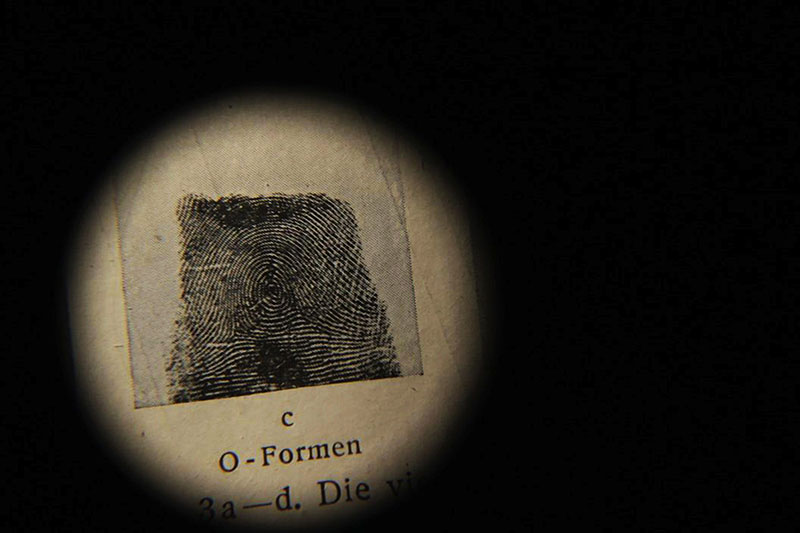
Kriminalistik (2014)
Runtime: 4:00
Evidence is scientifically arranged and catalogued, suggesting a corridor to knowledge. Elusive. Crimson.
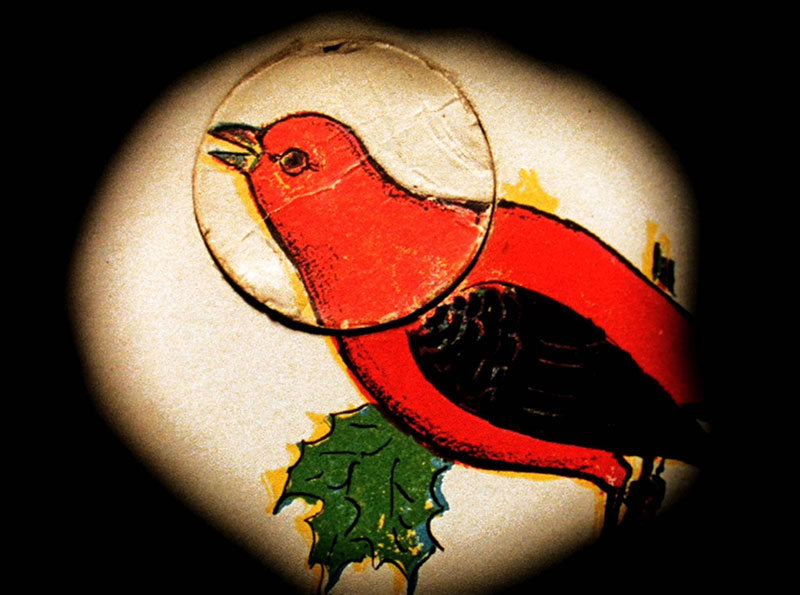
Ghost Algebra (2009)
Runtime: 7:30
Under erratic skies, a solitary figure navigates a landscape of constructed nature and broken bones. She peers through a decaying aperture, waiting and watching. The fragility of the body is exposed for what it is: ephemeral, liquid, a battlefield of nervous dreams. Using found and natural objects, rephotographed video, medical illustrations, and other collage elements, Ghost Algebra suggests one of the original meanings of the word “algebra”: the science of restoring what is missing, the reunion of broken parts.
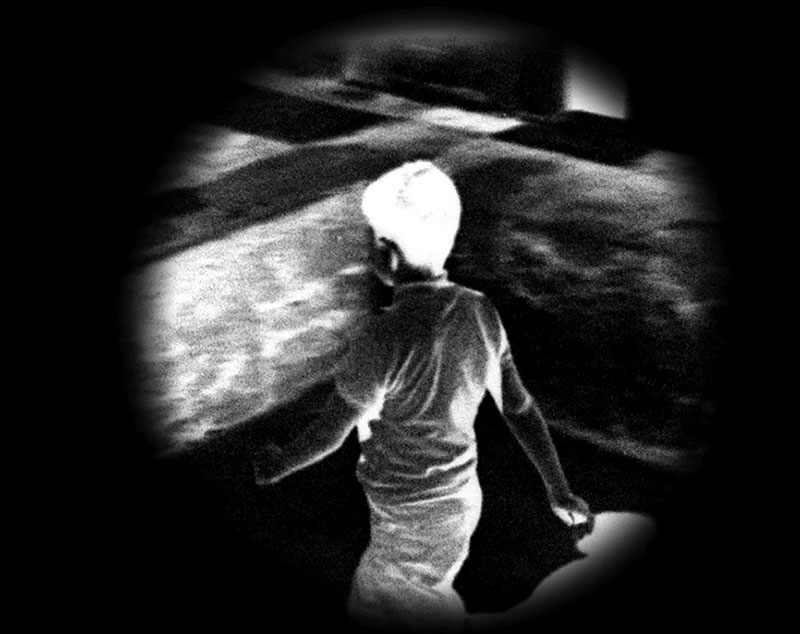
Kindless Villain (2010)
Runtime: 5:00
In Kindless Villain, two boys wander through a stone fortress, while the history of never-ending battle forms traces in the waters below. Seemingly alone in their island world, the boys succumb to fatigue, and to rituals of power. Scratched phrases from an ancient recording of Hamlet reveal a sad cry for vengeance. War is a child’s game, played quietly in this forgotten world.
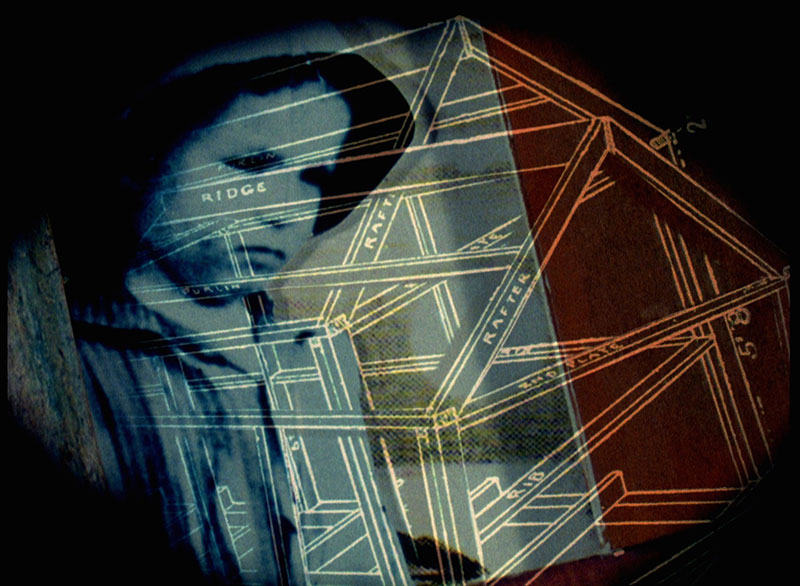
The Floor of the World (2010)
Runtime: 9:10
In a shifting landscape of dirt and sky, excavation and construction merge. Figures move back and forth between life and death, and possibly somewhere else. The ephemerality of existence is mundane knowledge in this world, where numbers mark the way. The floor of the world turns out to be easily pierced, liquid, permeable.
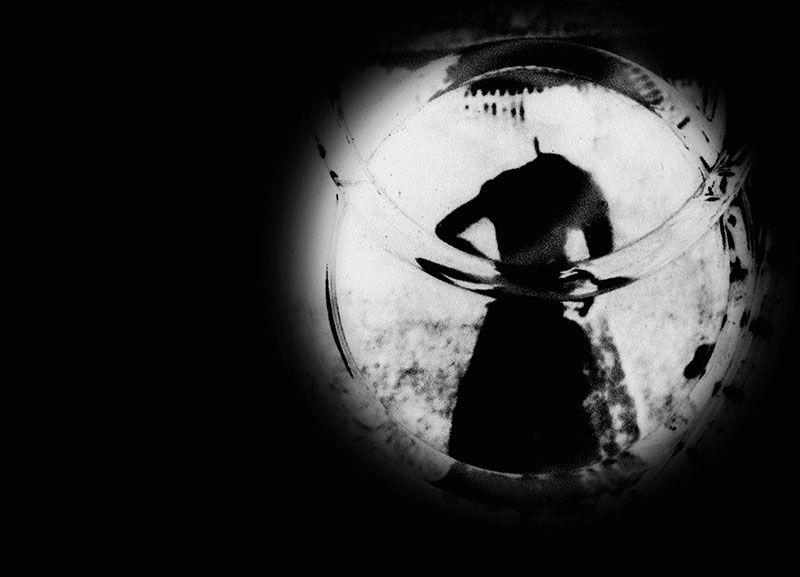
Arbor (2012)
Runtime: 7:05
Arbor suggests the fragility and ephemerality of memory and its artifacts. Geiser re-animates a set of photographs found in a thrift store, creating a liminal space between representation and abstraction, figure and landscape, fiction and memory. Gathering on a past hill, lounging on forgotten stone walls behind lost trees, the inhabitants of Arbor cycle through this one afternoon repeatedly, gradually dissolving into time or into the landscape without revealing what we cannot know, and becoming shadows in their own stories.

The Hummingbird Wars (2015)
Runtime: 11:15
A theatrical fiction, collapsing time and place: turn-of-the-last-century performers apply stage makeup as if for war, to engage in battle for the soul of the world. The injuries are more emotional than physical, but cut deeply just the same. The Hummingbird is not a violent bird. There was something about this bird, who moves swiftly and travels great distances to find the perfect food, which seems to fit with the bits of spoken dialogue from a recording of Ibsen’s play, A Doll’s House, and also with the idea of a traveling group of actors.
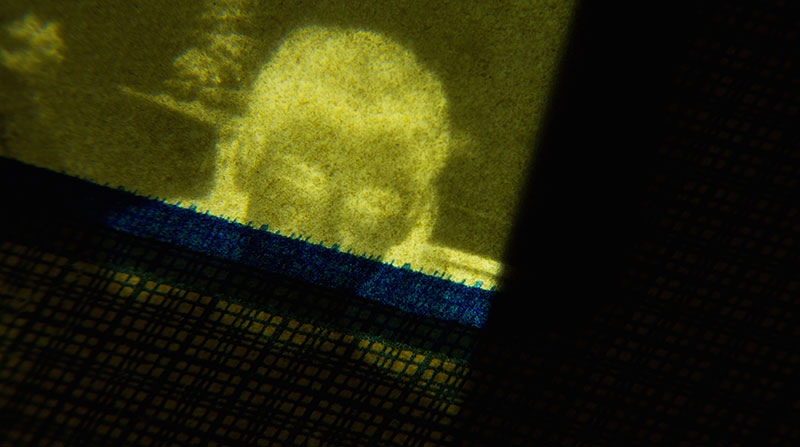
Cathode Garden (2015)
Runtime: 7:45
In Cathode Garden, a girl moves between light and dark, between life and death, a distant echo of the myth of Persephone. Found negatives and photographs, botanical and anatomical illustrations, abandoned envelopes, and ancient home-made recordings re-order themselves, collapsing and emerging in this liminal world.

Flowers of the Sky (2016)
Runtime: 9:15
Flowers of the Sky (a medieval term for comets) draws on two panoramic photographs, found in a Los Angeles thrift shop, that depict a gathering of members of the Eastern Star, a Masonic order. In the first photograph, taken at a banquet meal, the participants are seated at tables and facing the camera. In the second photograph, everyone is dressed in ritual robes, looking away from the camera and toward a stage. A single figure stands there, centered on this platform, and faces them. Everyone is suspended, expectant.
Through isolating parts of the photographs and highlighting the different groupings of the Eastern Star members, Flowers of the Sky reveals and obscures the original events. There is a sense, looking at the photographs, of watching and waiting for something to happen, something beyond the experience of daily life. And something does. Nature reasserts herself, the figures double, vibrate, and rise, trying to escape their emulsive lives, suggesting a rapture that extends beyond their printed world.

